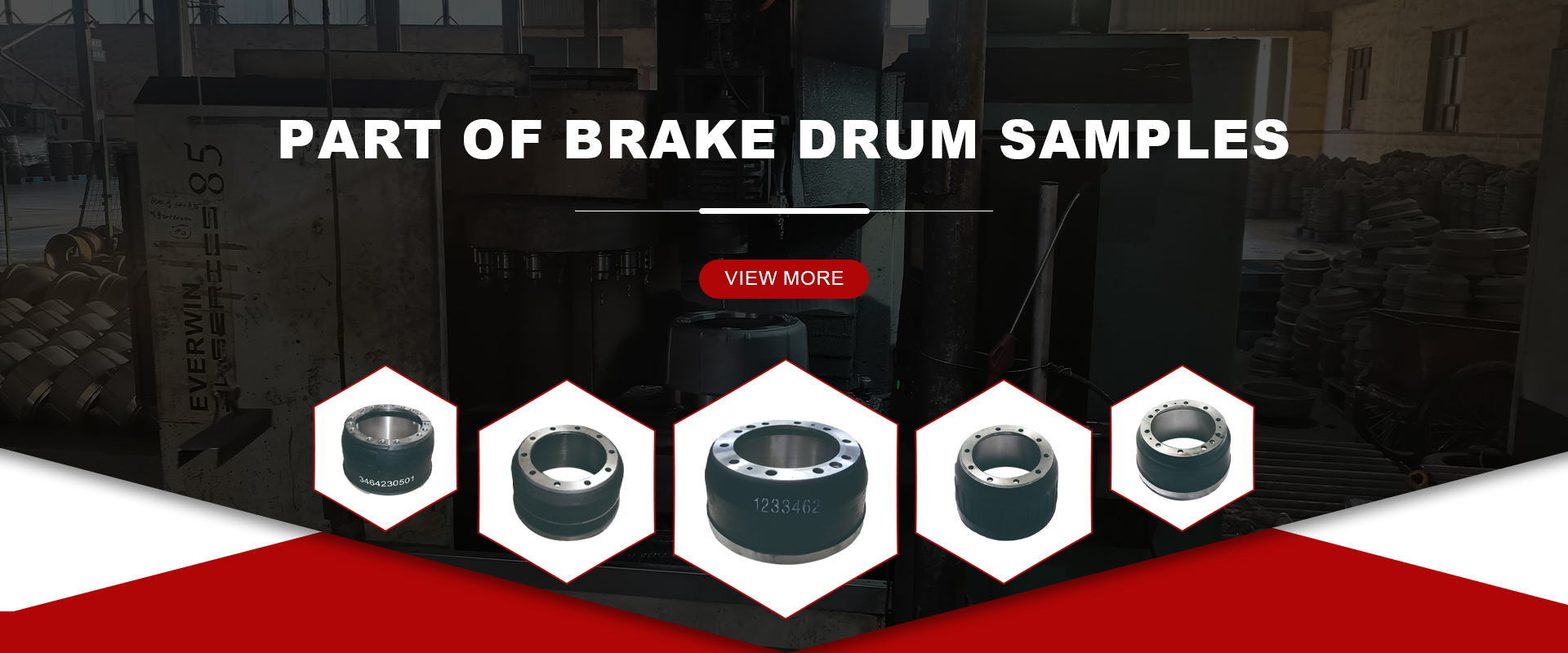Jul . 27, 2024 02:58 Back to list
Exploring the Benefits and Applications of Composite Brake Drum Technology in Modern Vehicles
The Rise of Composite Brake Drums A Breakthrough in Automotive Technology
In the ever-evolving automotive industry, the quest for safety, efficiency, and innovation is relentless. One of the latest advancements in vehicle braking systems is the development of composite brake drums. These components, traditionally made of cast iron or steel, are now being engineered using composite materials that promise to revolutionize the way vehicles stop. This article delves into the benefits and implications of composite brake drums, exploring their advantages and potential challenges.
Composite brake drums are fabricated from a combination of materials, typically incorporating polymers, carbon fibers, and other advanced composites. This new material composition offers several benefits over conventional brake drums. One of the most notable advantages is weight reduction. Traditional cast iron brake drums are heavy, increasing the overall weight of the vehicle and reducing fuel efficiency. In contrast, composite brake drums can be significantly lighter, leading to improved vehicle performance and a decrease in fuel consumption. A lighter braking system allows for quicker accelerations and more responsive handling, enhancing the overall driving experience.
Another advantage of composite brake drums is their resistance to corrosion and wear. Traditional materials are susceptible to rust and deterioration due to environmental factors such as moisture and road salt. Composite materials, however, exhibit superior resistance to corrosion, leading to increased durability and a longer lifespan. This longevity can translate to lower maintenance costs for vehicle owners, as they will need to replace brake components less frequently. Moreover, the properties of composite materials enable better heat dissipation, reducing the risk of brake fade during heavy use—an essential factor for ensuring safety in high-performance and commercial vehicles.
composite brake drum

In terms of performance, composite brake drums demonstrate remarkable stopping power. When paired with modern braking systems, they provide efficient energy transfer, contributing to shorter stopping distances. Enhanced braking efficiency is crucial, especially in emergency situations where every millisecond counts. With a growing emphasis on safety in vehicle design, the adoption of composite brake drums could contribute significantly to reducing accidents caused by brake failure.
Despite the numerous advantages, the transition to composite brake drums is not without challenges. One primary concern is the cost of manufacturing these advanced materials. Composite materials can be more expensive to produce compared to traditional metals, which may hinder widespread adoption in budget-conscious markets. However, as technology advances and production methods improve, costs are expected to decrease, making these innovations more accessible to the average consumer.
Additionally, there is a need for thorough testing and certification of composite brake drums to ensure they meet safety standards. Regulatory bodies must validate the performance and reliability of these parts under various driving conditions. Manufacturers will need to invest in research and development to fully understand the long-term implications of using composite materials in braking systems.
In conclusion, composite brake drums signify a significant leap forward in automotive technology, offering an array of benefits such as weight reduction, enhanced durability, and superior performance. While challenges persist, particularly regarding costs and regulatory acceptance, the potential for these components to improve vehicle safety and efficiency is undeniable. As the industry continues to innovate, we can expect to see more manufacturers adopting composite materials in their braking systems, leading to a new era of automotive performance and reliability.
-
Scania Brake Drums: OEM Quality for Optimal Safety & Durability
NewsAug.16,2025
-
R.V.I: Advanced Remote Visual Inspection for Precision
NewsAug.15,2025
-
Discover HYUNDA: Innovative Vehicles, Equipment & Solutions
NewsAug.14,2025
-
R.V.I: Unlock Advanced Insights & Real-time Performance
NewsAug.13,2025
-
Kamaz Brake Drum: Durable & Reliable for Heavy Duty Trucks
NewsAug.12,2025
-
Heavy Duty Iveco Brake Drum - Premium Quality & Safety
NewsAug.11,2025
